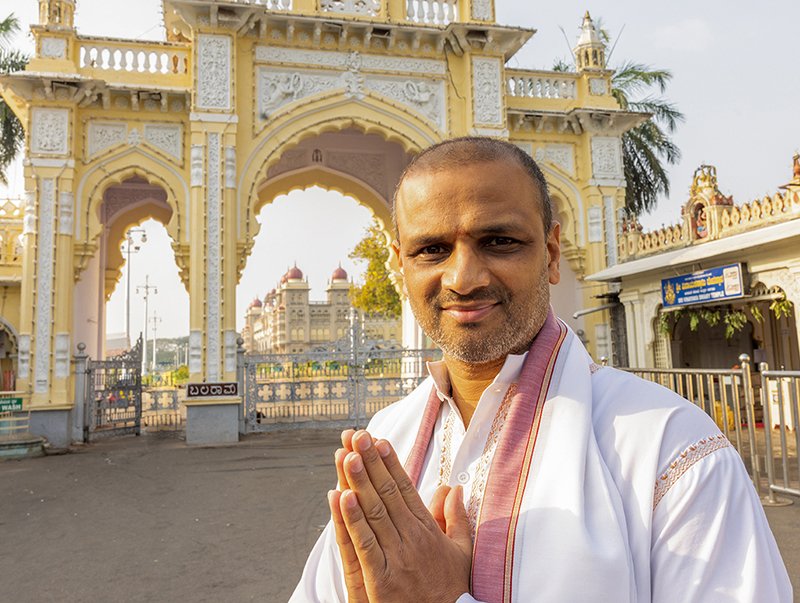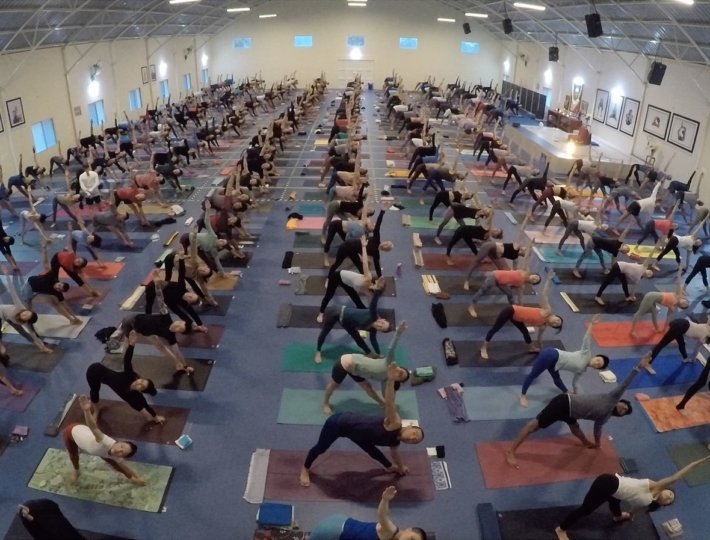“Early to bed, early to rise makes a man healthy, wealthy and wise.” While the phrase coined by Benjamin Franklin dates back to his book series, Poor Richard’s Almanack, in 1735, it still sums up how many people think about sleep today. The typical recommendation from doctors is that adults get about eight hours per night and follow a regular sleep schedule, laying down and waking up at consistent times each day.
Renowned sleep coach Nick Littlehales, who has been working in the field of sleep for more than 30 years with top sports teams, including the soccer stars of Manchester United and Real Madrid, recognizes those rigid recommendations leave a lot of people out, especially folks in sleep-deprived professions, like pilots and nurses. Which is why Littlehales has developed a different approach to bedtime. Rather than track hours, he and his athletes focus on cycles. This innovative take on sleep, which is based on what happens within your body when you’re conked out, might just help you feel more well-rested, too.
The Sleep Cycle, Explained
First, a quick biology lesson: When you’re asleep, you progress through five distinct stages, where your body and brain behave differently in each.
Stage 1 is called light sleep. This is when your eye movement and muscle activity slow down. If you’ve ever felt an arm or a leg suddenly jerk or twitch while you were drifting off, that’s called hypnic mylclonia, which also can happen during this stage. People in this stage can wake up easily, and if they do, will often remember visual images. There’s not a whole lot of research on what those dream-like images may be, however, they can be intense. The book Study Guide for Psychology describes the sensations as “hallucination-like.”
Stage 2 is when your eyes stop moving and brain waves slow.
Stage 3 is when you’ve entered deep sleep. If you were hooked up to an electroencephalogram (EEG) machine, it would reveal large, slow, undulating waves known as delta waves in your brain’s activity. Delta sleep is the farthest from being awake as our brain waves get. If someone were to try and wake you during delta sleep, they’d have a difficult time doing so. If they succeeded, you’d feel disoriented and groggy.
Stage 4 is very similar to Stage 3, except by this point in the cycle, the majority of your brain waves would be delta waves.
Stage 5 is probably the most famous: REM. The name stems from the rapid eye movement that occurs. The rest of the muscles in your body, meanwhile, will be nearly paralyzed. This is the stage when your dreams occur. (Watch the video below for an in-depth explanation of REM by the researcher who discovered this state of deep sleep.)
The total time required to pass through all five of these stages is about 90 minutes. Littlehales notes that they may not always happen in sequential order. He says, “Sometimes humans will go straight into a deep sleep or REM state, pop out into the lighter stages, then drop back in for a little more REM. But within a 90-minute period—not 30 minutes, not 45 minutes—on average, that’s what’s required.”
Littlehales uses that figure to guide the entire evening, with each 90-minute block equal to one cycle. So, two cycles is three hours of sleep, three cycles equals four and a half hours of sleep, and so on.
Related: A Renowned Researcher Explains the Concept of Sleep Debt
Use Sleep Cycles to Your Advantage
Here are three ways to plan your best night’s rest with this sleep cycle approach.
1. Do the math before you go to bed.
This will help you avoid that can’t-get-out-of-bed feeling you sometimes get when your alarm goes off. Remember, it’s difficult to come out of Stage 3 or Stage 4 sleep. Trying to wake up when your body is in the midst of these stages—say, if you were 45 minutes or an hour into a cycle—is a recipe for snooze button showdown. You can steer clear of this fight by simply aiming to get in as many completed cycles (no halfsies!) in a night as possible.
2. Track your cycles per week, not night.
Keeping tabs on your total number of completed cycles per week gives you more flexibility to adjust your schedule when unexpected things come up. For example, if you know that something is going to keep you late and limit you to four or even three cycles (six hours of sleep or less) on a Tuesday, you can add on a cycle or two later on in the week. This could be a full 90-minute cycle added to a night when your schedule is less demanding.
Aim to get 35 cycles (or five cycles per night, on average) in a given week, and try not to achieve any fewer than 30, Littlehales suggests. If the figure seems strikingly close to the eight hours most doctors recommend, it’s intentional—most of us do need about that much sleep per night. But “early to bed, early to rise” isn’t the only way to get there.
3. Sneak in a nap during the day, if needed.
Littlehales identifies two ideal times for napping—between 1 and 3 p.m. (the “siesta” period), or between 5 and 7 p.m. If you can get a full 90-minute cycle during one of those periods, great, however Littlehales says that as little as 20 minutes during those time periods can be beneficial.
You can learn more about Nick Littlehales’s work, including his coaching services, at sportsleepcoach.com.








Comments (1)